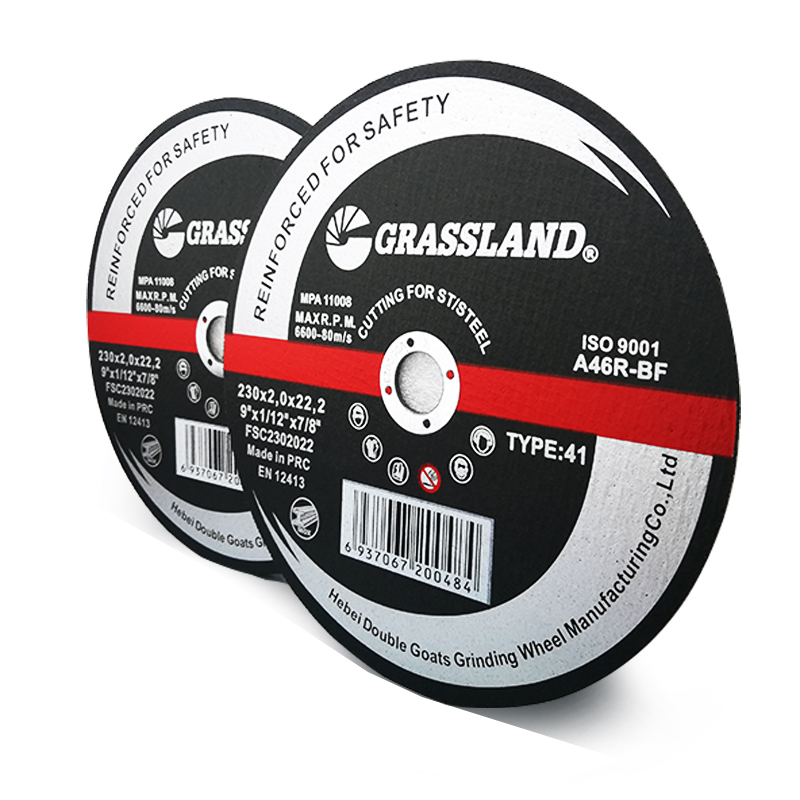The Fascinating World of Disco and the Flap Dance
The 1970s marked a turning point in music history with the rise of disco, a genre that forever changed the nightlife scene and influenced countless artists across various musical genres. Disco was more than just a style of music; it was a cultural movement that combined vibrant beats, flashy fashions, and an energetic dance style that captivated audiences worldwide. One of the most memorable dance styles that emerged alongside disco was the flap dance, a lively and fun-filled way to groove to the beat and express oneself on the dance floor.
Disco music is characterized by its four-on-the-floor beat, syncopated basslines, and catchy melodies, often accompanied by lush orchestration and soulful vocals. The genre gained immense popularity with hits from artists like the Bee Gees, Donna Summer, and Chic. Clubs like Studio 54 became iconic hotspots where people gathered to revel in the music and dance the night away. The atmosphere was electric, with dazzling lights, colorful outfits, and an overwhelming sense of freedom and acceptance that defined the disco era.
The Fascinating World of Disco and the Flap Dance
The flap dance requires both physicality and style, making it a popular choice for dancers of all skill levels. As disco music pumped through the speakers, dancers would often take center stage, showcasing their skills and, in many cases, inventing new moves on the spot. This improvisational aspect of flap dancing allowed people to connect with the music and with each other, creating a sense of community among those who shared a passion for rhythm and joy.
disco de flap

Part of the charm of the flap dance is that it transcended age and background. People from all walks of life came together on the dance floor, united by their love for disco music and the freedom to express themselves through dance. The clubs were a melting pot of cultural influences, where everyone was encouraged to be themselves. This spirit of inclusivity and self-expression was a hallmark of the disco era, and the flap dance perfectly embodied these principles.
As disco began to decline in popularity in the early 1980s, many of its elements and styles, including the flap dance, did not disappear. Instead, they evolved and influenced other genres, including hip-hop and electronic dance music. The rhythmic footwork of the flap dance can still be seen in some of today’s dance styles, showcasing the lasting impact of disco on modern dance culture.
Today, the legacy of disco and the flap dance lives on through revivals, dance competitions, and themed events that celebrate the vibrant energy of the 1970s. They remind us of a time when music had the power to unite people, and where the dance floor was a sacred space for self-expression and joy.
In conclusion, the disco movement and its dance styles, particularly the flap dance, have left an indelible mark on not just music, but on culture and social interaction. They serve as a reminder of the power of rhythm, community, and the simple joy of movement. Whether you’re throwing on a classic disco track at a party or practicing your flap dance skills in the living room, the spirit of disco continues to resonate, inspiring generations to dance and celebrate life with exuberance and style. So, put on those dancing shoes and get ready to hit the floor—the disco revival is alive and well!
Post time:Dec - 06 - 2024

















